Any links to online stores should be assumed to be affiliates. The company or PR agency provides all or most review samples. They have no control over my content, and I provide my honest opinion.
USB has become a ubiquitous initialism in modern life, up there with ATM, SUV, and FBI.
The technology underpins a number of components and machinery that we use every day, from computers to smartphones.
Here, we’ll delve further into all you need to know about USB, including the various areas of life where it is so important.
What does USB stand for?
USB is an abbreviation of universal serial bus.
In essence, USB is an industry-standard that governs the specification, size, and shape of cables and connectors.
Applying these standards helps us as end users as the uniformity of products enables us greater efficiency and ease of use when combining different components and devices.
The standards are monitored and updated by the USB Implementers Forum, which has input from some of the world’s biggest tech companies, including Microsoft, Apple, and Intel.
What are the different types of USB?
- USB-A: The original – but maybe not the best if you have ever tried to plug one in! This connector is still found on many computer peripherals.
- USB-B: Usually found on larger devices such as printers or those that transfer large amounts of data, such as external hard drives.
- Micro-USB: Able to transfer data and provide charge. This connector was found on several smartphones in days gone by.
- Mini-USB: Like the above – but smaller! Owners of a PlayStation 3 will be familiar with this connector for controllers.
- USB-C: The most up-to-date standard and found on everything from smartphones to laptops and all kinds of devices. It’s convenient and capable of fast charging or data transfer. The EU has recently passed legislation that all devices sold in its territories must include a USB-C charging port.
- Lightning: Think iPhones, iPads… That EU legislation isn’t great news for Apple, who will have to start making devices that don’t feature this type of USB connector from 2024 to sell in the EU.
What are the different uses of USB technology?
We’ve touched on the uses above, but let’s look in more detail at the kind of things that USB technology allows us to do.
- Data storage and transfer
Storing and transporting data is perhaps the most common use of USB technology.
Whether it’s transferring photos from your smartphone to your laptop, streaming a playlist through a speaker, or sending documents from a scanner to your email, this all falls under the same banner.
Plugging a games console into a monitor and printing out coursework – these can all be done using USB data transfer.
- Charging cables
Mobile phones, wireless earbuds, digital cameras, and children’s toys.
A huge number of devices and products are now charged and powered using USB cables and connectors.
For those living in EU countries, it will soon become the norm across all kinds of devices as well – so no more need for that box of random cables!
I am James, a UK-based tech enthusiast and the Editor and Owner of Mighty Gadget, which I’ve proudly run since 2007. Passionate about all things technology, my expertise spans from computers and networking to mobile, wearables, and smart home devices.
As a fitness fanatic who loves running and cycling, I also have a keen interest in fitness-related technology, and I take every opportunity to cover this niche on my blog. My diverse interests allow me to bring a unique perspective to tech blogging, merging lifestyle, fitness, and the latest tech trends.
In my academic pursuits, I earned a BSc in Information Systems Design from UCLAN, before advancing my learning with a Master’s Degree in Computing. This advanced study also included Cisco CCNA accreditation, further demonstrating my commitment to understanding and staying ahead of the technology curve.
I’m proud to share that Vuelio has consistently ranked Mighty Gadget as one of the top technology blogs in the UK. With my dedication to technology and drive to share my insights, I aim to continue providing my readers with engaging and informative content.

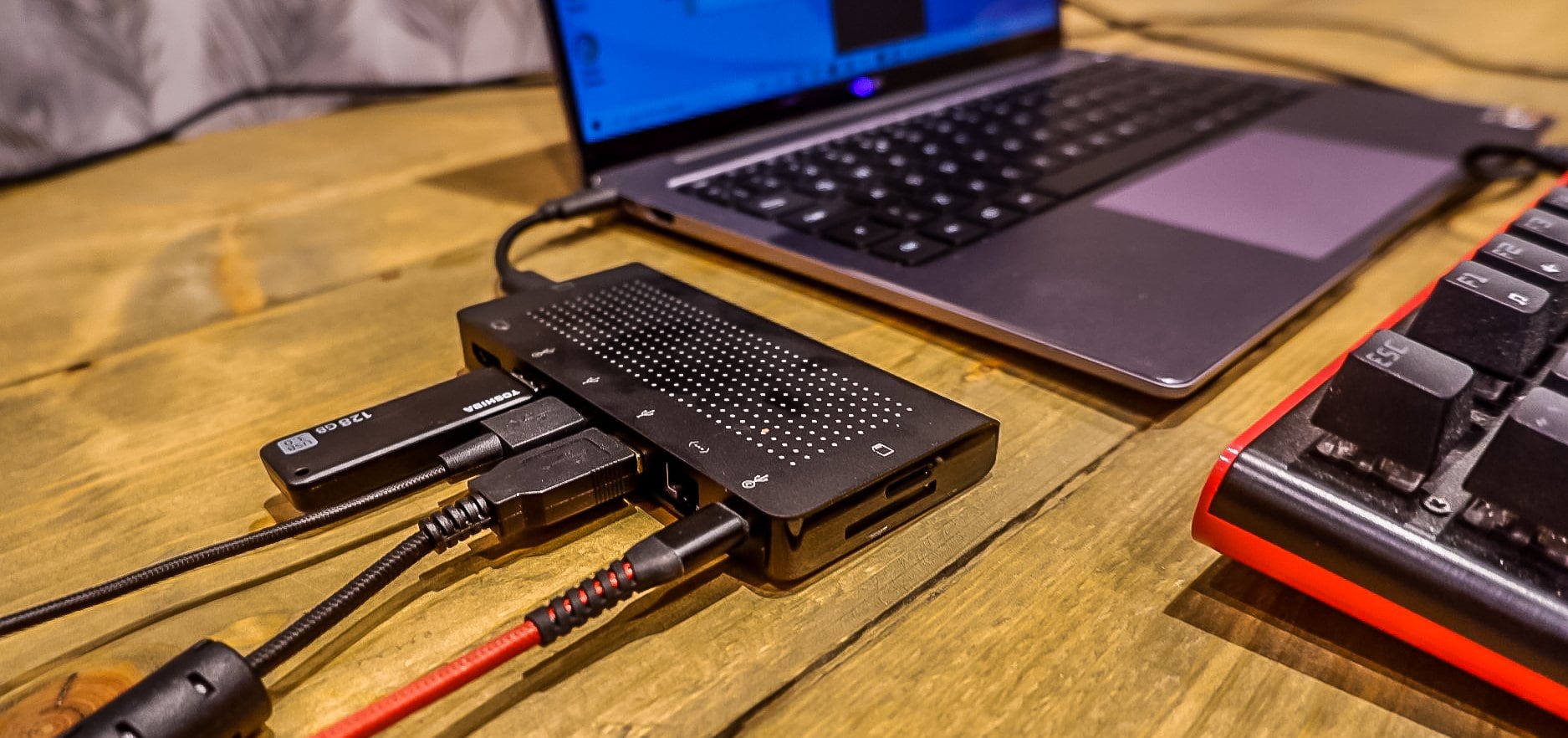
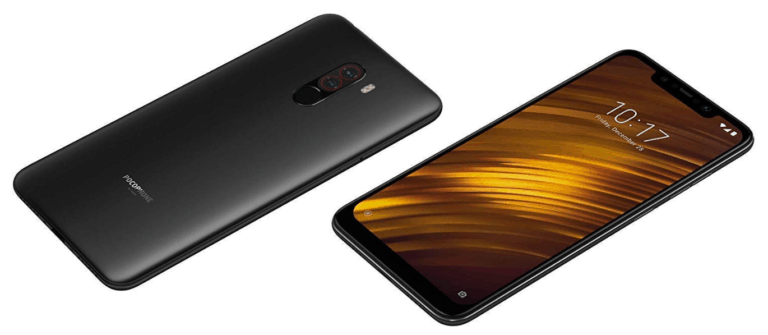
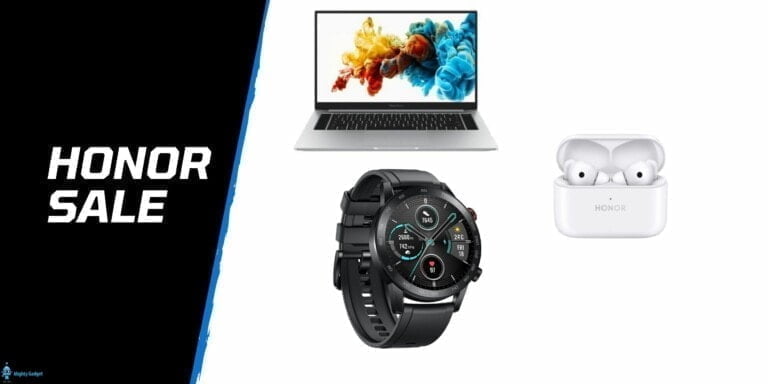

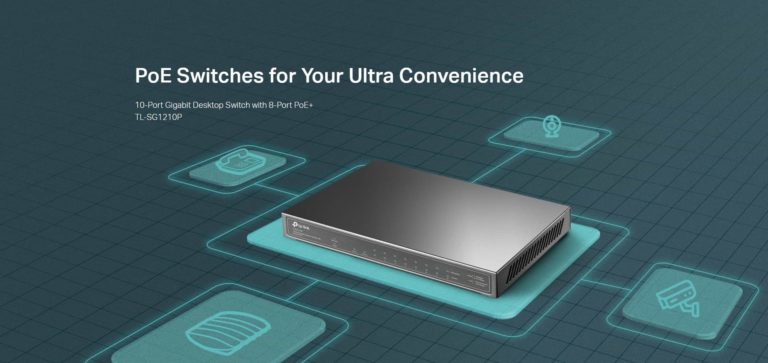

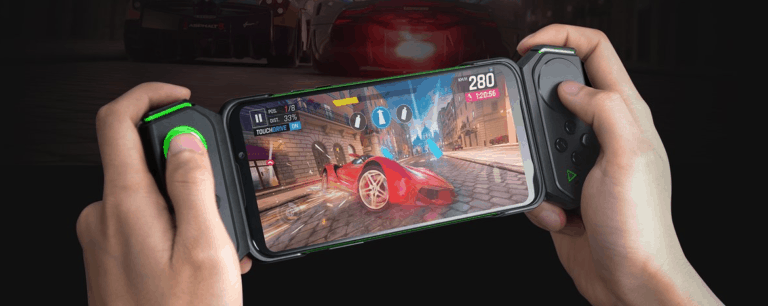
A little error, Micro-usb is smaller compare to mini, not viceversa.